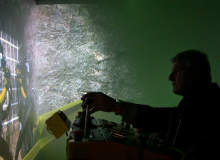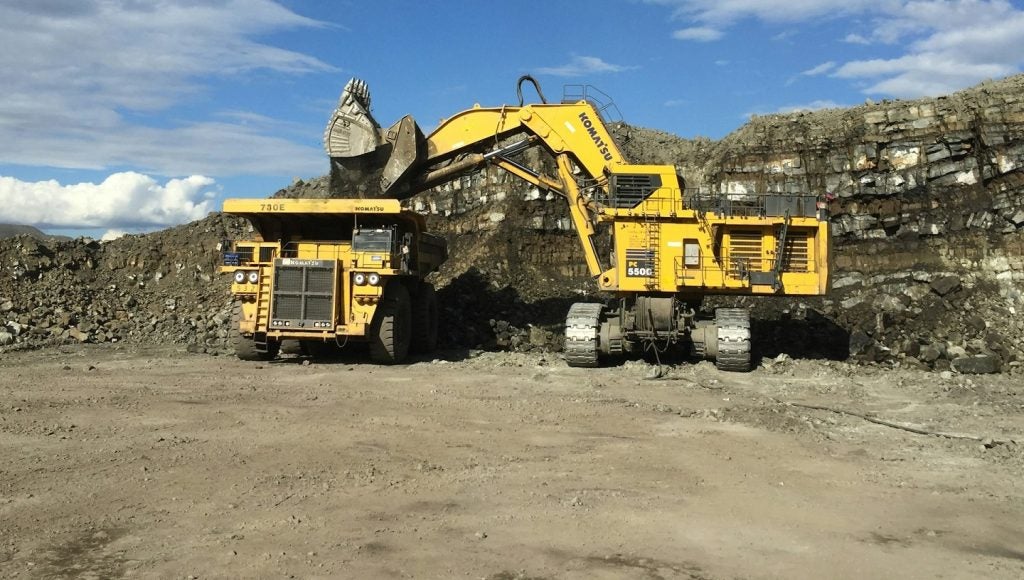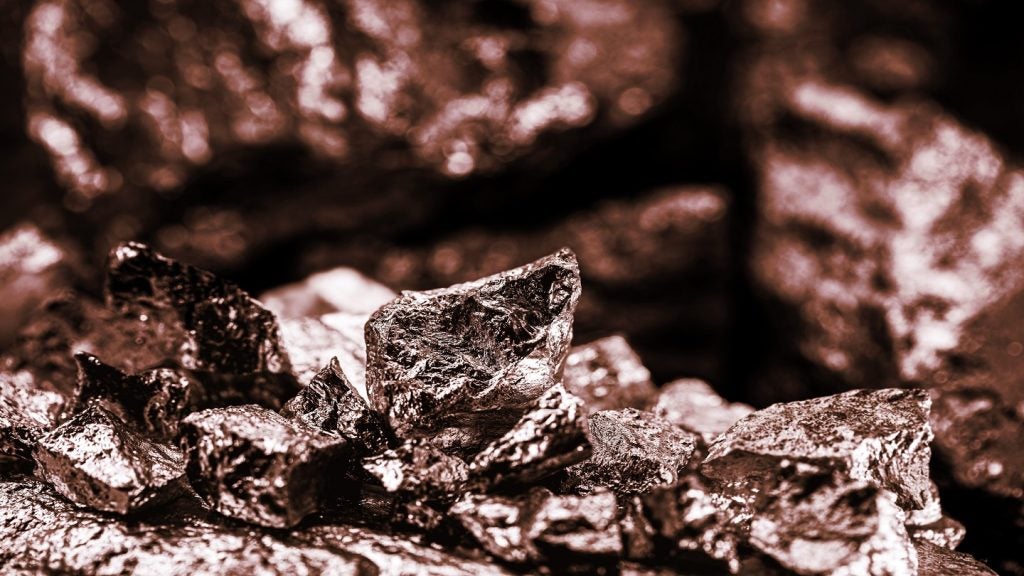

When you think of the tech start-up scene, blooming from Silicon Valley to London and Tallinn to Cape Town, certain ideas tend to come to mind. There are products aimed at the consumer sector such as taxi-booking app Uber, and financial technology services such as Zopa, which are competing with banks in an area where they have long been dominant – the provision of personal loans.
Slowly but surely, however, nimble companies driven by new technology are beginning to make an impact on traditional heavy industries such as mining.
There are a few clear drivers behind this, for instance, as companies are compelled to dig deeper but in a safe and economical manner, it makes sense to maximise the use of automation, which requires new software as well as hardware.
And looking further down the road, many organisations are starting to realise that by embracing the Internet of Things – fitting operating equipment and/or personnel with sensors, software and network connectivity – companies will be able to collect and analyse a wealth of data that could revolutionise many aspects of the mining industry. More prosaically, the key short-term motivation is probably to save money.
See Also:
"Typically, when you have a market downturn you see all of the mining companies turn to innovation as a form of enhancing and maintaining competitiveness," says Don Duval NORCAT CEO. "If you have declining revenue opportunities due to the fall in commodity prices, you look at creative ways to maintain margin…I would say we’ve seen fairly significant growth in the last few years among small start-up technology companies that have applications, products and services that serve the mining industry. They see that they can help reduce costs or enhance safety or drive revenue and that the mining companies might look at adopting these technologies."
How well do you really know your competitors?
Access the most comprehensive Company Profiles on the market, powered by GlobalData. Save hours of research. Gain competitive edge.

Thank you!
Your download email will arrive shortly
Not ready to buy yet? Download a free sample
We are confident about the unique quality of our Company Profiles. However, we want you to make the most beneficial decision for your business, so we offer a free sample that you can download by submitting the below form
By GlobalDataThe technology showcase
NORCAT was founded in 1995. It is probably the only regional innovation centre in the world that owns and operates its own mine, which is used for training purposes as well as to help start-ups and larger companies try out their ideas.
In August, NORCAT partnered with four local companies that will be providing new technologies to the mine, allowing them to demonstrate their products in a real world environment that also acts as a shop window for visiting firms. Each of these four businesses offers an aspect of what NORCAT’s team sees as the mine of the future.
At what might be considered the more traditional end of the scale is Fuller Industrial, which is focused on corrosion and abrasion resistance for air and water piping systems; and Equipment World, which provides mining storage solutions. Then there is Spectrum Group, which provides handheld digital communications technology, and K4 Integration that brings with it a digital tag-in / tag-out system to keep track of workers, trainees and visitors.
These are the kinds of technology that will become increasingly important as mines get ever deeper and Marc Boudreau, co-CEO of Canadian technology and automation specialist BESTECH, vividly explains why.
"7,000ft, 8,000ft – that’s like having four CN Towers stacked on top of each other," he told MaRS Marketing Intelligence in its report titled Mining & Metals + Internet of Things: Industry opportunities and innovation. "When you get underground, there’s a network of tunnels, and you could think of it as roads. The whole of downtown Toronto is really what it looks like underground on one level. That level is duplicated every 200ft, and that’s what we’re dealing with."
Joined-up thinking
This sheer scale and complexity will push monitoring and communications systems to the fore. Companies need to know exactly where their personnel and machinery are located and to ensure the two don’t meet in a catastrophic manner. In the case of Canada, such technologies will have to be effective in temperatures that drop to -30°C, or even lower.
Technology developers are looking at integrated systems that combine sophisticated software capable of storing and wirelessly transmitting data and ruggedised hardware. The data cannot only be used to improve safety but can analyse the operating efficiency of the mine in real-time, helping better schedule maintenance and identify potential faults before they occur.
"We see that many of the new technologies are both hardware and software," says Duval. "We also see a lot of companies related to the importance of real-time big data analytics and information. A great example is RFID asset tracking – being able to understand where your people are, where your machinery is, understanding the efficiency of the machinery, understanding the proximal access between a piece of machinery and a person so you can activate collision avoidance systems…You have a hardware component, you have a software component."
NORCAT is in a unique position to help move things along. It has no profit motive and no direct stake in the success of the companies that it showcases in the mine, which allows it to take a big picture view of what the Canadian mining sector needs in terms of technology. It can also tailor its training to these new tools, ensuring the next generation of miners has the right knowledge.
"The NORCAT underground testing centre falls under the operating brand of Innovation Mill," Duval explains. "And that brand has the mandate to work with either early stage or existing companies to help accelerate job and wealth creation both in the region and in the country more broadly.
"Our mandate as a non-profit is really to look at the broader economic good of those companies coming in. We get access to a strong birds-eye view of all the leading technology companies that hopefully will become part of the mining industry, or if they already are, will try to play a bigger part."





